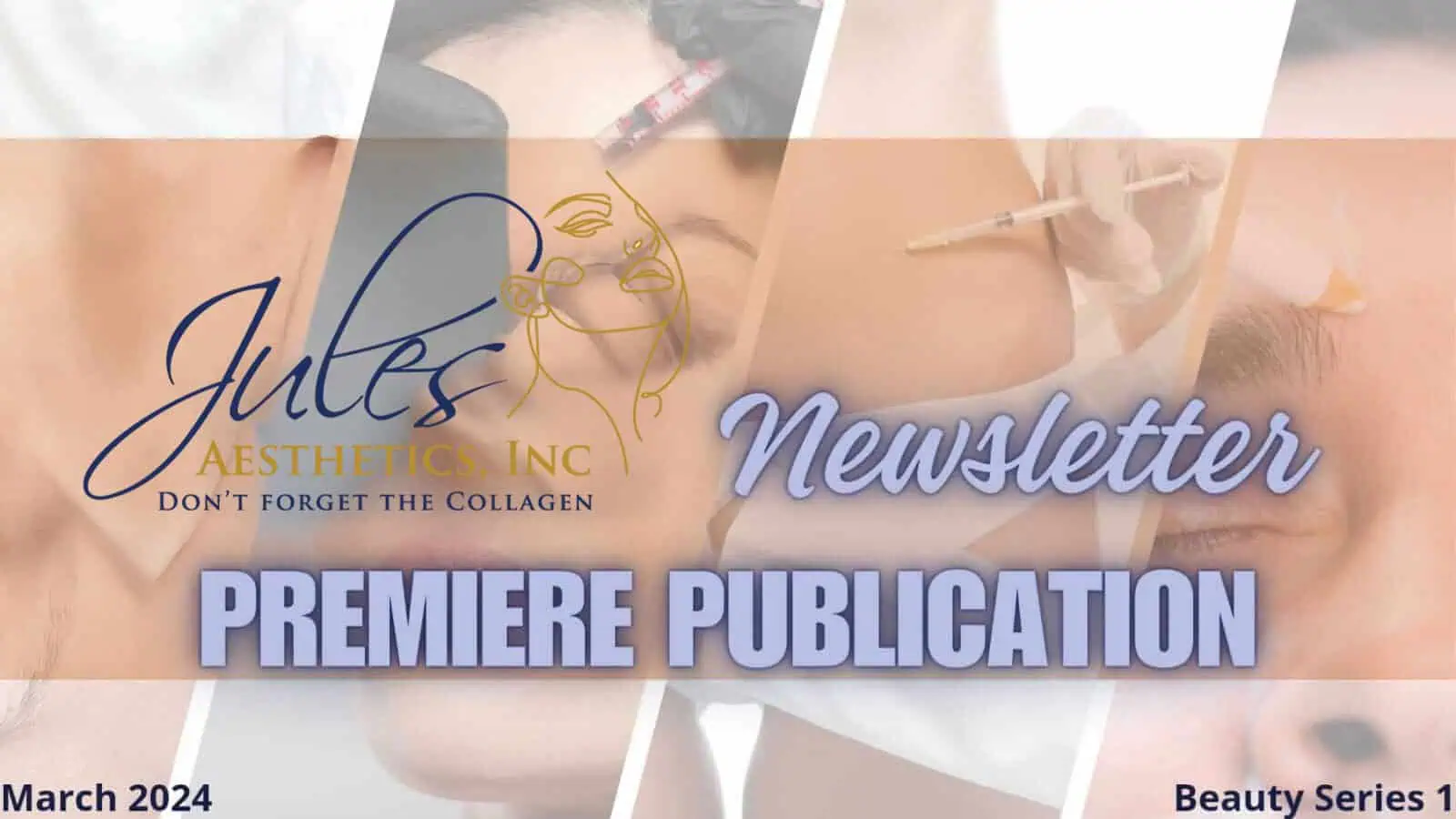Table of Contents
Hair thinning and shedding are more common than many realize, and while genetics, hormones, and aging play a role, modern science has brought new approaches to restoring hair growth. At Jules Aesthetics, one of the most talked-about treatments in aesthetics and dermatology is PRP for hair loss in Floral Park, a technique that relies on your body’s natural healing properties to stimulate hair follicles.
Unlike topical products or medications, PRP focuses on the biology of the scalp at a cellular level, using platelet-rich plasma to encourage thicker, healthier growth.
What Exactly Is PRP?
PRP stands for Platelet-Rich Plasma, a component of your blood that’s rich in platelets, growth factors, and proteins. Blood naturally contains red cells, white cells, plasma, and platelets. Platelets are best known for clotting, but they also carry powerful healing molecules that repair tissue, improve circulation, and stimulate cellular activity.
In PRP treatment for thinning hair, a small sample of your blood is taken and processed in a centrifuge. This separates the components, isolating the concentrated platelet-rich plasma. The resulting PRP contains significantly higher levels of growth factors than regular blood plasma, making it a potent booster for tissue repair and regeneration.
The Science Behind Hair Growth and Follicle Stimulation
To understand how PRP injections for hair loss work, it’s helpful to revisit the natural hair growth cycle. Each follicle cycles through three stages:
- Anagen (growth phase): This is when the follicle is active and producing hair.
- Catagen (transition phase): The follicle shrinks and prepares for resting.
- Telogen (resting phase): The follicle lies dormant, and hair eventually sheds
In thinning hair or androgenetic alopecia, follicles spend less time in the growth phase and often miniaturize, producing finer, weaker strands. The idea behind PRP is to re-energize these follicles and push them back into a prolonged growth phase.
Growth factors found in PRP such as VEGF, PDGF, EGF, FGF, and IGF are signaling proteins. When injected into the scalp, they send messages to the cells around the follicles, essentially telling them to repair, regenerate, and start growing again. This is one of the major benefits of PRP for hair regrowth compared to topical solutions.
How PRP Hair Restoration Works at the Cellular Level
When PRP is introduced to the scalp through a PRP scalp injection technique, several mechanisms come into play:
- Angiogenesis (new blood vessel formation): Growth factors in PRP promote the development of new microcirculation around follicles. Better blood supply means more oxygen and nutrients delivered to the hair root.
- Prolonged anagen phase: By stimulating follicular stem cells, PRP helps keep follicles in the active growth stage longer, allowing stronger hair shafts to form.
- Collagen and extracellular matrix remodeling: PRP enhances the structural environment around follicles, giving them better support and resilience.
- Reduction of inflammation: Chronic inflammation around follicles can damage them over time. PRP reduces this effect, creating a healthier scalp environment.
- Activation of dormant follicles: Miniaturized or resting follicles can receive signals to re-enter the growth cycle, helping restore density in thinning areas.
Together, these actions create an environment where follicles can thrive and produce healthier, thicker hair.
Why PRP Is Different From Other Options
Unlike medications that work systemically or topical products that act at the surface, PRP works at the precise location of the problem the follicle itself. Because it’s derived from your own blood, it reduces the risk of allergic reactions or complications.
PRP also doesn’t replace the follicle it supports and enhances the follicles you already have. For many patients, this makes it a preferred option when they want a natural approach that uses their body’s own resources rather than synthetic chemicals or invasive surgery.
Patients who review PRP treatment before and after results often note improvements in density, thickness, and overall hair quality, especially when treatments are started early
What Research Shows
Clinical studies have shown encouraging results with PRP Hair Restoration. In patients with androgenetic alopecia, multiple sessions of PRP injections for hair loss have been linked to:
- Increased hair density (more hairs per square centimeter).
- Improved hair thickness and diameter.
- Stronger follicle survival rate during the growth phase.
While not every patient responds equally factors like platelet concentration, injection technique, and genetic background matter research consistently points to PRP’s ability to enhance follicle function and improve scalp health.
Common Questions About the Science
Is PRP FDA-approved for hair loss?
Currently, PRP is FDA-cleared for use in other areas of medicine (like orthopedics and wound healing), but its use in hair restoration is considered “off-label.” However, growing evidence and demand have made it a widely adopted treatment in aesthetic practices.
How many sessions are needed?
Most studies suggest an initial series of 3–4 monthly treatments, followed by maintenance every 3–6 months to sustain results.
Does it replace a hair transplant?
Not necessarily. While PRP can significantly improve hair quality and density, it doesn’t create new follicles. It may delay or reduce the need for transplants, or be used alongside them to improve graft survival.
Why Jules Aesthetics Chooses PRP Hair Restoration
At Jules Aesthetics, the focus is on treatments that align with science and long-term wellness. PRP Hair Restoration fits this philosophy because it doesn’t rely on harsh chemicals or artificial implants it works with your own biology. By concentrating growth factors and delivering them directly where they’re needed, PRP provides a natural boost to the hair follicles that matter most.
Dr. Julene (Jules) Walker also understands that consistency and precision matter. Using proper preparation methods and a safe PRP injection for hair loss approach helps optimize results while ensuring patient safety and comfort.
Who Benefits the Most?
- PRP Hair Restoration can be considered for:
- Men and women experiencing early to moderate thinning.
- Individuals with androgenetic alopecia (pattern hair loss).
- Patients seeking a natural, drug-free option to support existing follicles.
- Those wanting to complement other treatments like minoxidil, finasteride, or even transplant surgery.
The best outcomes are typically seen when treatment begins before follicles become fully inactive, highlighting the importance of early intervention.
Supporting Healthy Follicles From Within
The real value of PRP for hair loss Floral Park lies in its ability to use your body’s own healing factors to improve scalp health and follicle activity. By encouraging new blood flow, extending the growth cycle, and reducing inflammation, PRP creates the conditions for hair to return stronger and fuller.
At Jules Aesthetics, located in Hair Restoration, Floral Park, NY, the approach isn’t just about treating thinning it’s about restoring confidence and supporting overall well-being through treatments that respect both science and the individual.
If you’ve noticed thinning or want to understand whether PRP is the right fit for your goals, scheduling a consultation is the next step toward learning how this treatment can support your hair health. Transform Your Hair – Start Now!



